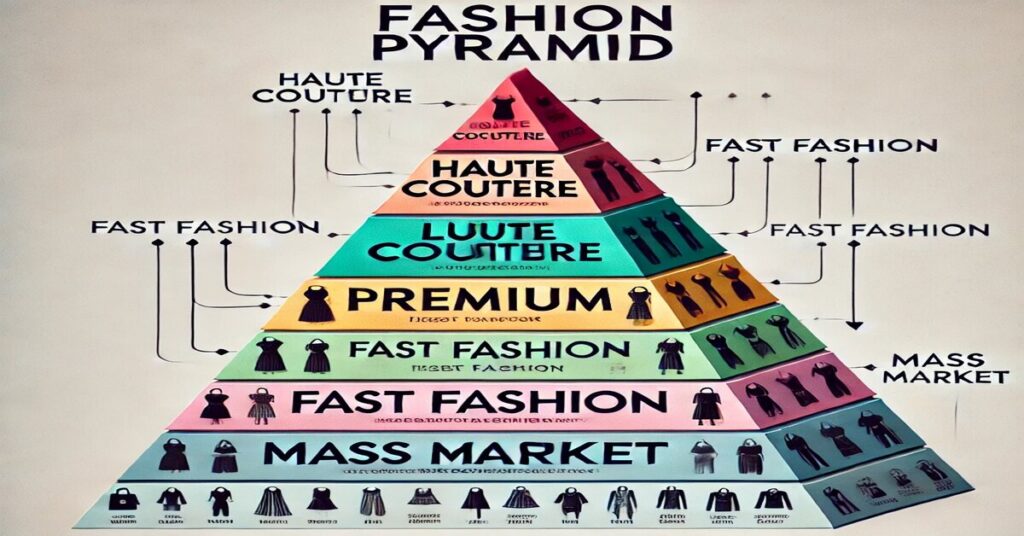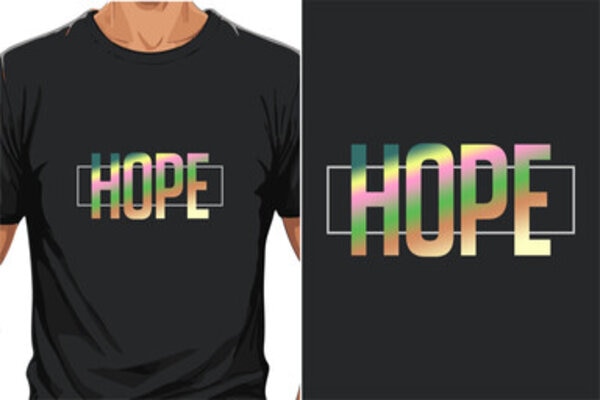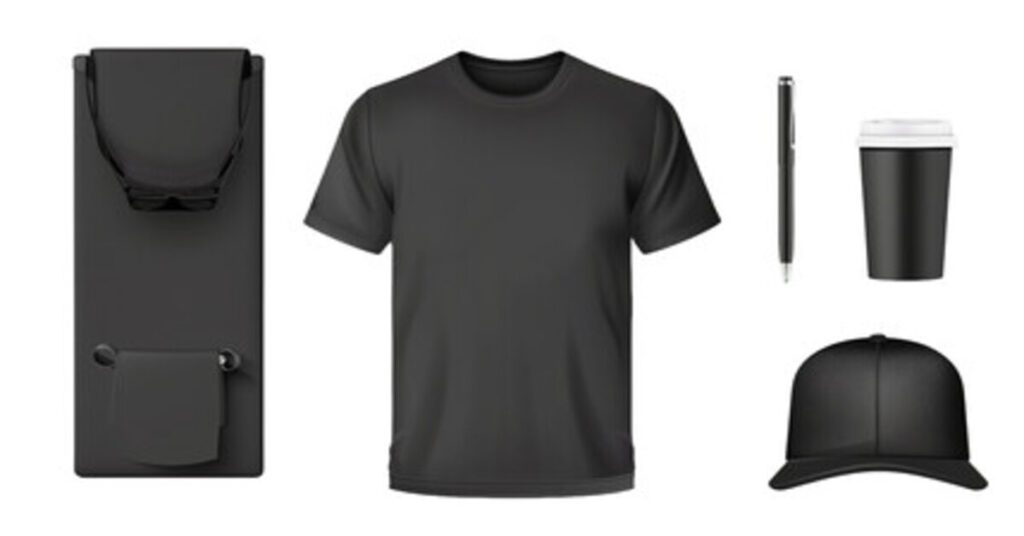The damask fabric history as an art form is linked with grace as it is linked with luxury. The fabric, known for its detailed patterns and lavish textures, is damask, which many like. In the following article, an attempt will be made to discover damask fabric’s origins, development, and features, with special attention paid to its place and role in the past and today.

Damask Origin: The Beginnings of a Luxurious Fabric
Damask fabrics have a long and colorful history. Their origins can be traced back to the ancient Chinese empire around the third century B.C. At first, Damask was made from silk and was woven with care and skill, displaying nature’s beautiful designs. As such, when the fabric began to diffuse in trade markets, particularly the Silk Road, it reached the Middle Eastern region and later Europe.
In both the Byzantine Empire and the Islamic world, damask was more than merely a kind of fabric; it had become an emblem of opulence and dominion. Its elaborate motifs were primarily floral and geometric in nature, making it mostly favored by the upper class of society. The name ‘damask’ gradually began to be associated with the high-end fabrics made in the Syrian city of Damascus, further enhancing its reputation as an expensive fabric.
Damask Fabric Characteristics: Understanding the Fabric
The characteristics of damask fabrics are most definite in their outlying texture depth and embroidery around them. Its most evident characteristics are:
- Design on two sides: Damasks are plain on one side and have a ton of biaзem on the other side, slowing their versatility.
- Pattern: The patterns themselves are often made with a combination of satin and plain weaves which lead up to gloss.
- Strong: The strong, tight weave makes them very deniable for use, this being the reason d̶ a̶m̶a̶s̶k̶ has been a favorite for curtains and high-class dresses.
With this unique combination of durability and beauty, the use of d̶a̶m̶a̶s̶k̶ is quite common in fashion and interior designs.
Damask Fabric Price: Investing in Quality

The damask fabric goes for different prices depending on various things like the kind of fabric, whether silk, cotton or synthetic, as well as the intricacy of the design and even the brand. It is true that a damask made of fine silk can be quite pricey, and there are good reasons for this, such as its branded nature and the processes it goes through.
If you want to use a damask or have it for some purposes like home decor or fashion sense, then the most important thing is to think of the price but more so the number of quality. Cheaper options may be available, but when you buy an expensive damask, it will last for a long time and will look good no matter the year.
Damask vs Brocade: Understanding the Differences
There are three important distinctions to make between damask and brocade:
- Material: In contrast to brocade, which usually incorporates metallic threads, damask is usually made of silk or cotton.
- Design: Design elements on damask are double-sided and woven, while on brocade, raised stitch patterns are most common.
- Usage: There is a similar application of both fabrics but brocade is described as being more decorative and hence suitable for the formal context.
Knowing the distinctions above, you can select the type of fabric that fits your purpose, whether dressmaking, upholstery or decorative pieces.
Jacquard Damask Fabric: A Technological Marvel
It was J. M. Jacquard who built the first programmed weaving machine back in 1801 and fundamentally changed the process of manufacturing damask. With this new loom, sophisticated patterns could be woven in a relatively short time, therefore making damask cheaper.
Jacquard damask continues to be in demand in both classical and contemporary styles. Wherever Jacquard damask fabric is used, whether for luxurious upholstery or more modern aspects of clothing, there are lovers of intricate designs without any questions.
Damask Fabric History in India: A Cultural Influence

The tale of damask fabric in India is a fascinating one, and cultural interactions and trade played an important part in tailoring it to the local scenario. The Indian craftsmen took to damask weaving techniques and developed their own versions of the fabric.
In India, damask is usually present in ceremonial dresses or house decorations, and these are designed in accordance with Indian traditions and artistic design. It is this fusion of age-old skills with an innovative form that has ensured the place of the fabric in today’s clothing.
The Timeless Appeal of Damask Fabric
What makes damask fabric stand the test of time is its multifunctionality. Whether as curtains, an evening gown, or a stylish scarf, damask is always in great demand regardless of the application. Its perfect harmony of old and new designs makes it a favorite for many.
Conclusion
In conclusion, the history of damask fabric is interesting and demonstrates the development of this elegant material. From its beginnings in China to the modern day, damask has been used in clothing and interiors and has never faded. Purchasing a good quality damask means choosing a fabric that is not only striking but also long-lasting.



